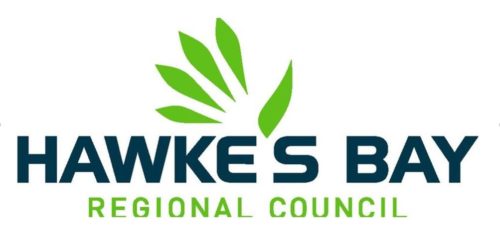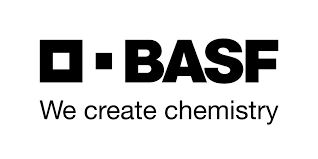Spring has been a busy season so far for LandWISE staff and our Growers. We have been actively working with 10 growers based in Levin and Gisborne as part of Future Proofing Vegetable Production to test a variety of alternative management practices – particularly around fertiliser planning and application(s).
 In Levin, we have 4 trials on Spring Brassicas testing standard grower practice for fertiliser rate and application timings with “Good Practice” prescriptive fertiliser planning based on the Vegetable Guidelines by Morton and Reid (2019). As well as reducing total N rates these trials will also assist growers to use Quick Nitrate Test Strips, and develop their understanding of how Nitrate fluctuates in the soil profile and over the course of a crop growth cycle.
In Levin, we have 4 trials on Spring Brassicas testing standard grower practice for fertiliser rate and application timings with “Good Practice” prescriptive fertiliser planning based on the Vegetable Guidelines by Morton and Reid (2019). As well as reducing total N rates these trials will also assist growers to use Quick Nitrate Test Strips, and develop their understanding of how Nitrate fluctuates in the soil profile and over the course of a crop growth cycle.
One grower will be hosting several trials on his potato crops in conjunction with a PhD student from Massey University. One of the trials will focus on using liquid dribble bar applicators fitted to a spray boom to apply nitrogen fertiliser as split side-dressings. Another trial will look into the potential for biological products to improve the mineral N supply from soil to the crop. The overall aim with this work is to reduce the risk of N leaching by minimising the amount of available N, particularly nitrate, that is in the soil profile at any one time, and at risk of loss.
Several trials are planned in sweetcorn, the first of which will investigate the potential for current rotations to provide adequate soil nitrogen with reduced rsates of N applied at side dressings. At present one of our Gisborne growers is growing sweetcorn following winter cover crops and peas in spring. They want to know if the sweetcorn crop yield could be maintained or improved with reduced fertiliser N additions due to the previous crops which already provide improved soil structure and organic matter.
Another sweetcorn trial in Gisborne will focus on Phosphate in starter fertilisers. At present most growers in the area are using P in their starter fert blend, despite having optimum or above optimum Olsen P values in the soil. This trial will test the impact of removing P from starter fertiliser, on a high fertility soil whilst maintaining other key inputs (e.g. sulfur, nitrogen).

Finally, in a tomatoes crop LandWISE will assist another grower to test their current starter fertiliser rate against reduced rates (which are more in line with recommended inputs). Several more trials are still being finalised, and we will keep you updated as we confirm their designs. It’s set to be a busy summer!
Whilst it might seem straightforward to many of you that vegetable growers should be applying the recommended rates, and creating a fertiliser plan that achieves optimum crop yield and minimises nutrient loss risk – there is often a huge amount of risk associated with these systems.
Many of the growers we work with cite crop quality, unpredictable weather events, and processing/retailer contracts as major constraints to adopting sustainable practices around minimising nutrient loss. Not to mention until February of this year, the most recent soil nutrition guidelines for vegetables in New Zealand were published in the 1980s.
A lot has changed since then, and environmental compliance is now a top priority for our growers to remain farming in their catchments. That is why LandWISE through FPVP is proud to support growers test and accurately measure the impacts of alternative management practices on a small scale through on-farm trials. We are passionate about helping growers achieve economic and environmental sustainability in their businesses.
If you are keen to learn more about any of these trials please contact Luke Posthuma (Precision Agronomist).


 In Levin, we have 4 trials on Spring Brassicas testing standard grower practice for fertiliser rate and application timings with “Good Practice” prescriptive fertiliser planning based on the
In Levin, we have 4 trials on Spring Brassicas testing standard grower practice for fertiliser rate and application timings with “Good Practice” prescriptive fertiliser planning based on the 



























